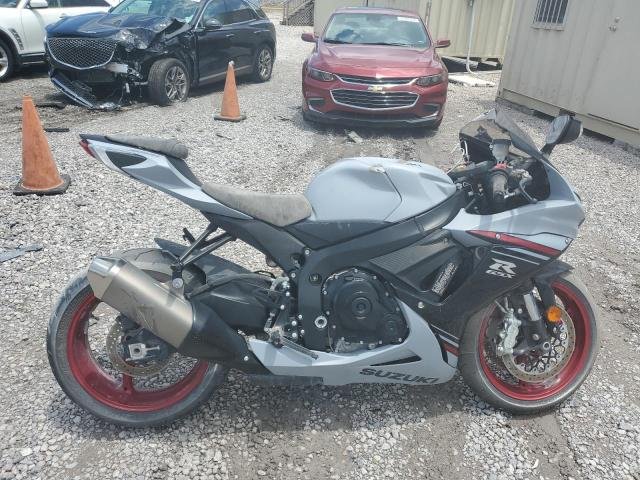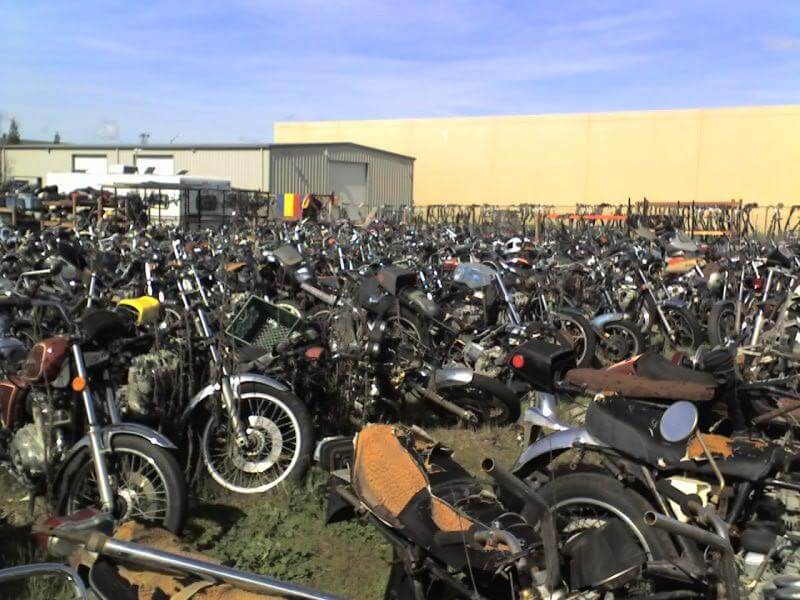
Motorcycle salvage auctions can be a profitable venture if approached strategically. By understanding the market, the process, and the best practices, you can turn a hobby or interest in motorcycles into a lucrative business. This guide will walk you through the essential steps and considerations to help you make money from motorcycle salvage auctions.
1. Understanding Motorcycle Salvage Auctions
Motorcycle salvage auctions are platforms where damaged or totaled motorcycles are sold to the highest bidder. These bikes may have been in accidents, suffered weather damage, or been declared a total loss by insurance companies. Salvage auctions can be held online or in person, and understanding the basics of how they operate is crucial. Familiarize yourself with popular auction sites like Copart, IAAI, and SalvageBikesAuction.com.
2. Researching the Market
Before diving into motorcycle salvage auctions, research the market thoroughly. Understand the demand for different types of motorcycles, brands, and models. Look into what parts are most sought after and the typical resale value of repaired salvage bikes. This research will help you identify which motorcycles to bid on and how much you can potentially earn from them.

3. Setting a Budget
Establishing a budget is essential for any business venture. Determine how much you are willing to invest in purchasing salvage motorcycles, transportation, repairs, and other associated costs. Keep in mind that some motorcycles may require significant repairs, while others might only need minor fixes. Having a clear budget will prevent you from overspending and help you manage your finances effectively.
4. Evaluating Motorcycles at Auction
When attending a salvage auction, whether online or in person, carefully evaluate the motorcycles available for bidding. Look for detailed listings, photos, and any available history reports. If possible, inspect the motorcycles in person to assess the extent of the damage and estimate repair costs. Pay attention to the frame, engine, and major components to avoid purchasing a motorcycle with irreparable damage.
5. Bidding Strategically
Bidding strategy is crucial to maximize your profits. Start by setting a maximum bid for each motorcycle based on your research and budget. Avoid getting caught up in bidding wars that can drive up the price. Patience and discipline are key; sometimes, letting a motorcycle go is better than overpaying. Use proxy bidding if available, where you set your maximum bid, and the system automatically bids on your behalf.
6. Repairing and Refurbishing
Once you've won a motorcycle at auction, the next step is repairing and refurbishing it. Depending on your skills and resources, you can either handle the repairs yourself or hire professionals. Focus on essential repairs first, such as engine, frame, and safety components. Cosmetic improvements can enhance the bike's appeal and resale value. Always ensure the motorcycle meets safety standards before selling.
7. Sourcing Replacement Parts
Finding affordable and high-quality replacement parts is vital for keeping repair costs low and ensuring the motorcycle is restored to a reliable condition. Consider sourcing parts from other salvage motorcycles, online marketplaces, or specialized suppliers. Networking with other motorcycle enthusiasts and mechanics can also provide valuable leads on where to find parts at competitive prices.

8. Marketing and Selling Refurbished Motorcycles
Once your motorcycle is repaired and ready for sale, effective marketing is crucial. Use online platforms such as eBay, Craigslist, and specialized motorcycle forums to reach potential buyers. High-quality photos and detailed descriptions highlighting the motorcycle's features, repairs, and improvements will attract more interest. Be transparent about the bike's salvage history and the work done to restore it.
9. Exploring Alternative Revenue Streams
Apart from selling refurbished motorcycles, explore additional revenue streams within the salvage market. Selling individual parts can be profitable, especially for rare or high-demand components. You can also offer repair and refurbishment services to other enthusiasts or businesses. Diversifying your income sources will help stabilize your business and increase overall profitability.
10. Legal and Regulatory Considerations
Lastly, familiarize yourself with the legal and regulatory requirements related to buying, repairing, and selling salvage motorcycles. This includes obtaining the necessary licenses, following safety and emission standards, and understanding the process for obtaining rebuilt titles. Compliance with these regulations is essential to avoid legal issues and ensure a smooth operation.
Summary
Making money from motorcycle salvage auctions requires careful planning, strategic bidding, and thorough knowledge of the market. By following these ten steps, you can turn salvage motorcycles into a profitable business venture. With patience, diligence, and a passion for motorcycles, the potential for success in this niche market is substantial.
